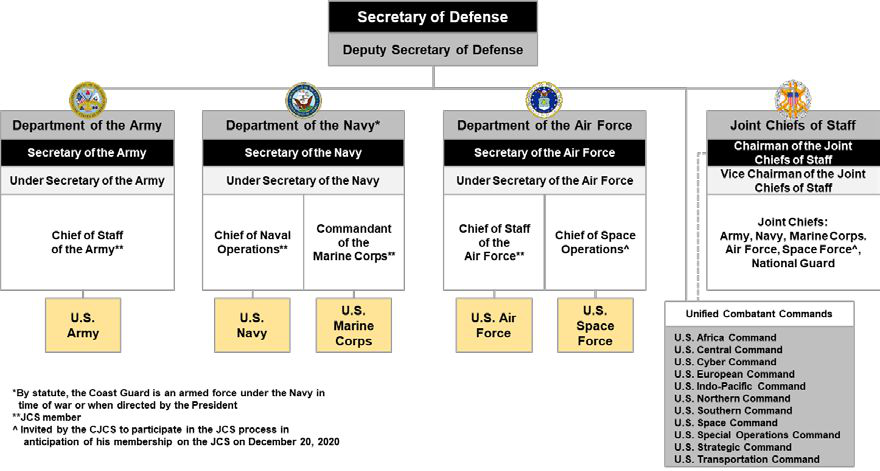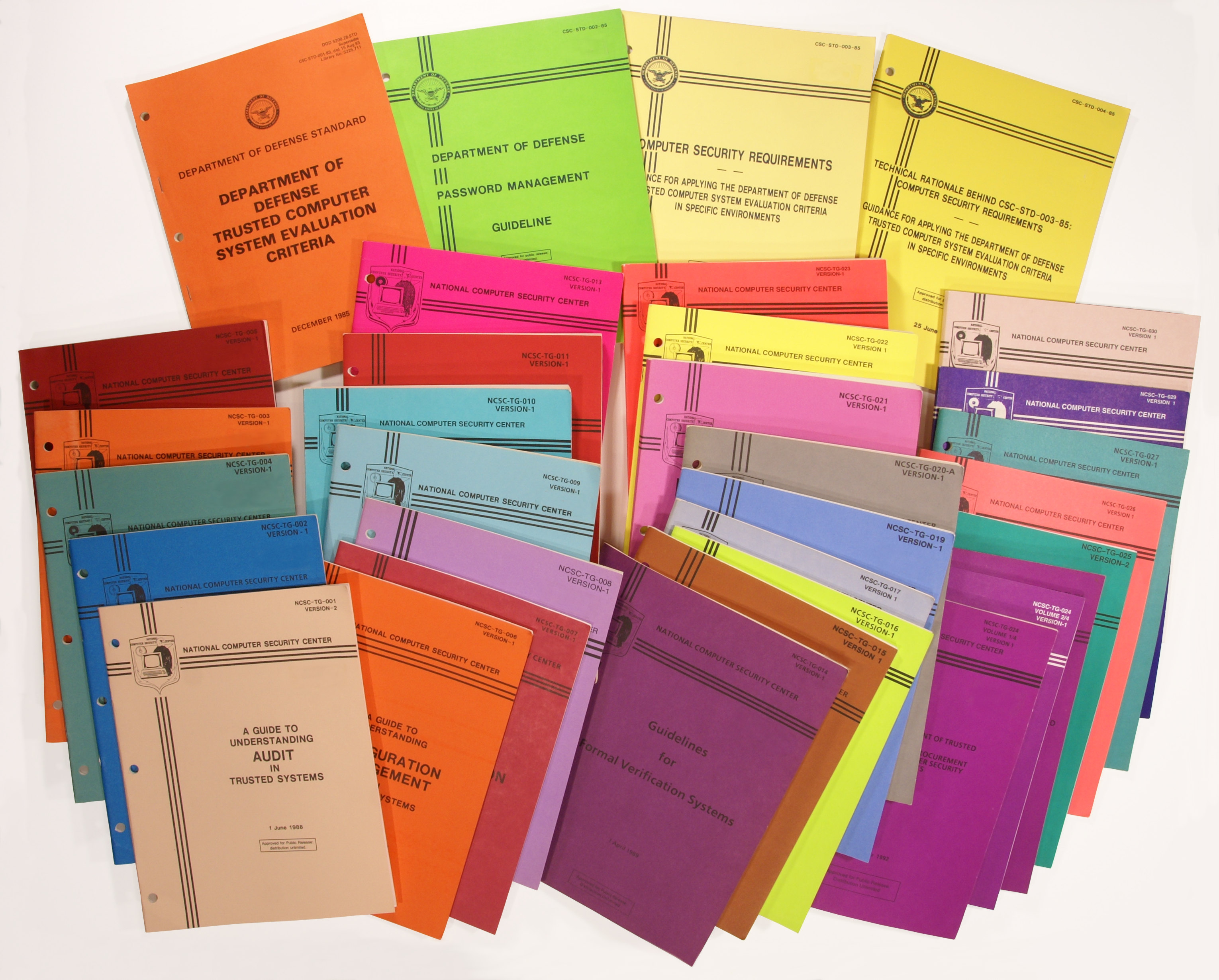|
Covert Channels
In computer security, a covert channel is a type of attack that creates a capability to transfer information objects between processes that are not supposed to be allowed to communicate by the computer security policy. The term, originated in 1973 by Butler Lampson, is defined as channels "not intended for information transfer at all, such as the service program's effect on system load," to distinguish it from ''legitimate'' channels that are subjected to access controls by COMPUSEC. Characteristics A covert channel is so called because it is hidden from the access control mechanisms of secure operating systems since it does not use the legitimate data transfer mechanisms of the computer system (typically, read and write), and therefore cannot be detected or controlled by the security mechanisms that underlie secure operating systems. Covert channels are exceedingly hard to install in real systems, and can often be detected by monitoring system performance. In addition, they ... [...More Info...] [...Related Items...] OR: [Wikipedia] [Google] [Baidu] [Amazon] |
Computer Security
Computer security (also cybersecurity, digital security, or information technology (IT) security) is a subdiscipline within the field of information security. It consists of the protection of computer software, systems and computer network, networks from Threat (security), threats that can lead to unauthorized information disclosure, theft or damage to computer hardware, hardware, software, or Data (computing), data, as well as from the disruption or misdirection of the Service (economics), services they provide. The significance of the field stems from the expanded reliance on computer systems, the Internet, and wireless network standards. Its importance is further amplified by the growth of smart devices, including smartphones, televisions, and the various devices that constitute the Internet of things (IoT). Cybersecurity has emerged as one of the most significant new challenges facing the contemporary world, due to both the complexity of information systems and the societi ... [...More Info...] [...Related Items...] OR: [Wikipedia] [Google] [Baidu] [Amazon] |
United States Department Of Defense
The United States Department of Defense (DoD, USDOD, or DOD) is an United States federal executive departments, executive department of the federal government of the United States, U.S. federal government charged with coordinating and supervising the six U.S. armed services: the United States Army, Army, United States Navy, Navy, United States Marine Corps, Marines, United States Air Force, Air Force, United States Space Force, Space Force, the United States Coast Guard, Coast Guard for some purposes, and related functions and agencies. As of November 2022, the department has over 1.4 million active-duty uniformed personnel in the six armed services. It also supervises over 778,000 National Guard (United States), National Guard and reservist personnel, and over 747,000 civilians, bringing the total to over 2.91 million employees. Headquartered at the Pentagon in Arlington County, Virginia, just outside Washington, D.C., the Department of Defense's stated mission is "to provid ... [...More Info...] [...Related Items...] OR: [Wikipedia] [Google] [Baidu] [Amazon] |
Multics
Multics ("MULTiplexed Information and Computing Service") is an influential early time-sharing operating system based on the concept of a single-level memory.Dennis M. Ritchie, "The Evolution of the Unix Time-sharing System", Communications of the ACM, Vol. 17, 1984, pp. 365-375. It has been written that Multics "has influenced all modern operating systems since, from microcomputers to mainframes." Initial planning and development for Multics started in 1964, in Cambridge, Massachusetts. Originally it was a cooperative project led by MIT ( Project MAC with Fernando Corbató) along with General Electric and Bell Labs. It was developed on the GE 645 computer, which was specially designed for it; the first one was delivered to MIT in January 1967. GE offered their earlier 635 systems with the Dartmouth Time-Sharing System which they called "Mark I" and intended to offer the 645 with Multics as a larger successor. Bell withdrew from the project in 1969 as it became clear it would ... [...More Info...] [...Related Items...] OR: [Wikipedia] [Google] [Baidu] [Amazon] |
Network Steganography
Network, networking and networked may refer to: Science and technology * Network theory, the study of graphs as a representation of relations between discrete objects * Network science, an academic field that studies complex networks Mathematics * Networks, a graph with attributes studied in network theory ** Scale-free network, a network whose degree distribution follows a power law ** Small-world network, a mathematical graph in which most nodes are not neighbors, but have neighbors in common * Flow network, a directed graph where each edge has a capacity and each edge receives a flow Biology * Biological network, any network that applies to biological systems * Ecological network, a representation of interacting species in an ecosystem * Neural network, a network or circuit of neurons Technology and communication * Artificial neural network, a computing system inspired by animal brains * Broadcast network, radio stations, television stations, or other electronic media outlets ... [...More Info...] [...Related Items...] OR: [Wikipedia] [Google] [Baidu] [Amazon] |
OSI Layer
The Open Systems Interconnection (OSI) model is a reference model developed by the International Organization for Standardization (ISO) that "provides a common basis for the coordination of standards development for the purpose of systems interconnection." In the OSI reference model, the components of a communication system are distinguished in seven abstraction layers: Physical, Data Link, Network, Transport, Session, Presentation, and Application. The model describes communications from the physical implementation of transmitting bits across a transmission medium to the highest-level representation of data of a distributed application. Each layer has well-defined functions and semantics and serves a class of functionality to the layer above it and is served by the layer below it. Established, well-known communication protocols are decomposed in software development into the model's hierarchy of function calls. The Internet protocol suite as defined in and is a model of net ... [...More Info...] [...Related Items...] OR: [Wikipedia] [Google] [Baidu] [Amazon] |
Port Knocking
In computer networking, port knocking is a method of externally opening ports on a firewall by generating a connection attempt on a set of prespecified closed ports. Once a correct sequence of connection attempts is received, the firewall rules are dynamically modified to allow the host which sent the connection attempts to connect over specific port(s). A variant called single packet authorization (SPA) exists, where only a single "knock" is needed, consisting of an encrypted packet. The primary purpose of port knocking is to prevent an attacker from scanning a system for potentially exploitable services by doing a port scan, because unless the attacker sends the correct knock sequence, the protected ports will appear closed. Overview Port knocking is usually implemented by configuring a daemon to watch the firewall log file for connection attempts to certain points, and then to modify the firewall configuration accordingly. It can also be performed on the kernel level (us ... [...More Info...] [...Related Items...] OR: [Wikipedia] [Google] [Baidu] [Amazon] |
Computer Network
A computer network is a collection of communicating computers and other devices, such as printers and smart phones. In order to communicate, the computers and devices must be connected by wired media like copper cables, optical fibers, or by wireless communication. The devices may be connected in a variety of network topologies. In order to communicate over the network, computers use agreed-on rules, called communication protocols, over whatever medium is used. The computer network can include personal computers, Server (computing), servers, networking hardware, or other specialized or general-purpose Host (network), hosts. They are identified by network addresses and may have hostnames. Hostnames serve as memorable labels for the nodes and are rarely changed after initial assignment. Network addresses serve for locating and identifying the nodes by communication protocols such as the Internet Protocol. Computer networks may be classified by many criteria, including the tr ... [...More Info...] [...Related Items...] OR: [Wikipedia] [Google] [Baidu] [Amazon] |
Timing Channels
In computer security, a covert channel is a type of attack that creates a capability to transfer information objects between processes that are not supposed to be allowed to communicate by the computer security policy. The term, originated in 1973 by Butler Lampson, is defined as channels "not intended for information transfer at all, such as the service program's effect on system load," to distinguish it from ''legitimate'' channels that are subjected to access controls by COMPUSEC. Characteristics A covert channel is so called because it is hidden from the access control mechanisms of secure operating systems since it does not use the legitimate data transfer mechanisms of the computer system (typically, read and write), and therefore cannot be detected or controlled by the security mechanisms that underlie secure operating systems. Covert channels are exceedingly hard to install in real systems, and can often be detected by monitoring system performance. In addition, they s ... [...More Info...] [...Related Items...] OR: [Wikipedia] [Google] [Baidu] [Amazon] |
Storage Channels
Storage may refer to: Goods Containers * Dry cask storage, for storing high-level radioactive waste * Food storage * Intermodal container, cargo shipping * Storage tank Facilities * Mail storage, storage by mail or delivery service * Self storage, a public storage facility * Storage room or storeroom, a room for storing objects ** Garage (residential), a storage space normally used to store cars ** Overhead storage, for example overhead storage bins, racks, shelves, cabinets or track systems in aircraft, trains or buildings * Warehouse, a commercial building for storage of goods Technology * Cloud storage *Computer data storage, a means to retain digital data *Data storage, general recording and retention of information *Energy storage *Specific storage, of groundwater in an aquifer Arts and entertainment * ''Storage'' (film), a 2009 Australian horror film * ''The Storage'', a 2011 Finnish film * ''Storage'' (album), a 1988 album by Merzbow * ''Storage Wars'', a reality ... [...More Info...] [...Related Items...] OR: [Wikipedia] [Google] [Baidu] [Amazon] |
Rainbow Series
The Rainbow Series (sometimes known as the Rainbow Books) is a series of computer security standards and guidelines published by the United States government in the 1980s and 1990s. They were originally published by the U.S. Department of Defense Computer Security Center, and then by the National Computer Security Center. Objective These standards describe a process of evaluation for trusted systems. In some cases, U.S. government entities (as well as private firms) would require formal verification and validation, validation of computer technology using this process as part of their procurement criteria. Many of these standards have influenced, and have been superseded by, the Common Criteria. The books have nicknames based on the color of its cover. For example, the TCSEC, Trusted Computer System Evaluation Criteria was referred to as "The Orange Book." In the book entitled ''Applied Cryptography'', security expert Bruce Schneier states of NCSC-TG-021 that he "can't even be ... [...More Info...] [...Related Items...] OR: [Wikipedia] [Google] [Baidu] [Amazon] |
National Security Agency
The National Security Agency (NSA) is an intelligence agency of the United States Department of Defense, under the authority of the director of national intelligence (DNI). The NSA is responsible for global monitoring, collection, and processing of information and data for global intelligence and counterintelligence purposes, specializing in a discipline known as signals intelligence (SIGINT). The NSA is also tasked with the protection of U.S. communications networks and information systems. The NSA relies on a variety of measures to accomplish its mission, the majority of which are clandestine. The NSA has roughly 32,000 employees. Originating as a unit to decipher coded communications in World War II, it was officially formed as the NSA by President Harry S. Truman in 1952. Between then and the end of the Cold War, it became the largest of the U.S. intelligence organizations in terms of personnel and budget. Still, information available as of 2013 indicates that the C ... [...More Info...] [...Related Items...] OR: [Wikipedia] [Google] [Baidu] [Amazon] |




